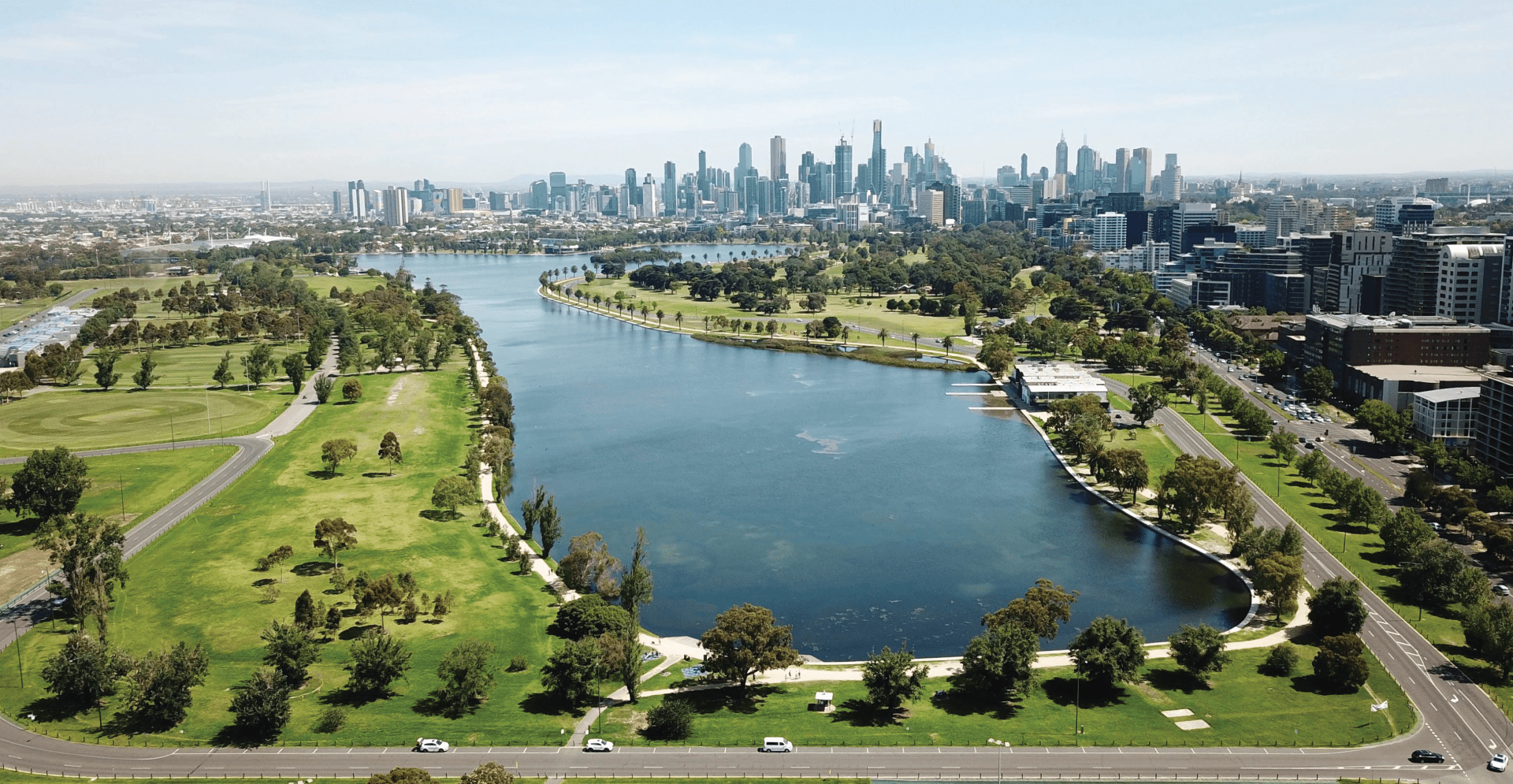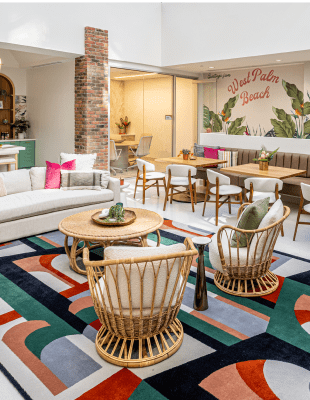Designing projects that are innovative, cost-efficient, and sustainable requires significant investment from all stakeholders, not least the client.
Sustainability at its core is multifaceted, incorporating social, economic and environment concerns across an asset’s life cycle, and is never more important as we transition to a world of net-zero carbon emissions.
There are many ways to address sustainability in the design of major infrastructure projects. But from my experience, sustainability considerations need to be embedded into the project design from the outset if the project is to deliver the outcomes that clients and other stakeholders expect.
Few projects present more opportunity for implementing sustainability and leaving a legacy on communities than metro rail. Arcadis’ recent experience with a number of large metro projects in Sydney – including Central Station precinct and Sydney Metro’s Barangaroo Station - illustrate the value of careful design in future-proofing and optimising the spaces from a sustainability standpoint.
1. Understand the client’s vision
Any major project brief has to be clear on, and aligned with, the client’s sustainability ambitions and vision. In designing the Central Precinct in Sydney, the Arcadis team were involved from the planning stage. Once everyone understood the vision - to revitalise the rail hub into a vibrant place fostering social interactions and economic growth – a common understanding of key program objectives were established. As the project progressed, this shared understanding would be a critical reference point when making important decisions.
2. Establish clear project goals
With the vision clear, the next step is establishing clear goals for each stage of development. For Central Station the goals were defined in a series of workshops with the client and key stakeholders. Six sustainability “ambitions” were defined, which became the guiding principles for the project. By tying sustainability initiatives directly to the client’s vision and project strategy in this way, there was little risk they would fall away later .
Genuine interdisciplinary collaboration is critical to ensuring this stage of the process succeeds. Indeed, collaboration may be the most important ingredient of all to ensuring the success of a major civil project.
3. Creativity in design solutions
Each stakeholder has to be aligned on the overarching vision and objectives. When they are, extraordinary outcomes can result. It was no accident that Barangaroo Metro station achieved a Six-Star Green Star rating, positioning it among the world’s best in sustainability terms.
Achieving the rating required creative solutions to some key challenges. A seawater heat-rejection system, drawing on water from the harbour for the air-conditioning system, reduced the amount of fresh water used each year by 90% compared to similar metro stations elsewhere. Innovative energy efficiency measures have reduced energy consumption by about 40%. Surrounding public space makes clever use of native plant species, public art, heritage interpretation and storytelling, while above-ground landscape and station materials were selected for low embodied carbon. The project also builds in design features to make the station resilient to the effects of climate change events.
The lessons from these projects are clear: a genuinely integrated design process leads to better sustainability outcomes, much more so than design features bolted on from a sustainability rating tool which may not have material value to the project.




